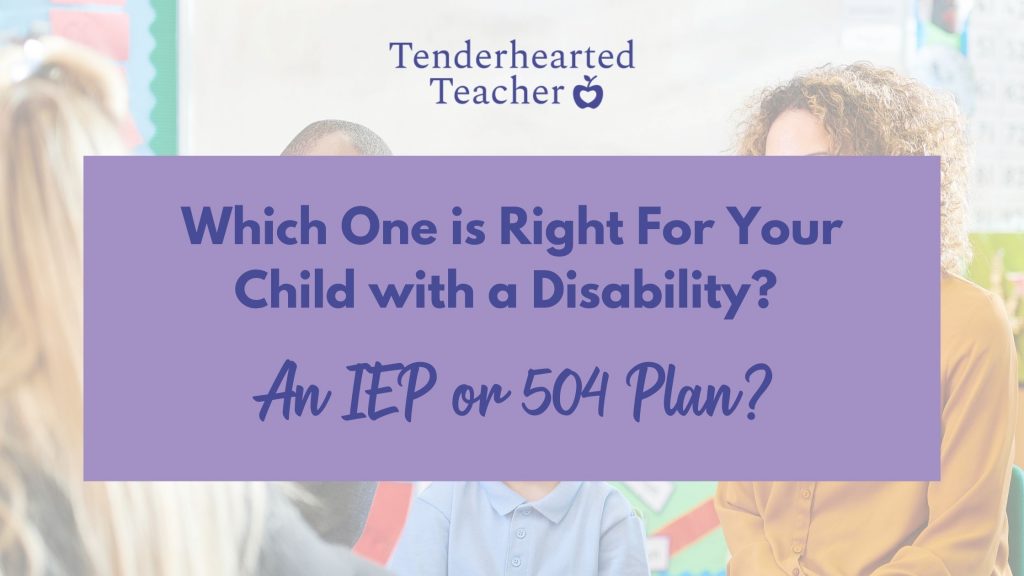
As a special education preschool teacher, I often find myself explaining certain aspects of the
field to others–especially those who have children who are about to start school. In fact, I receive many questions about the special education process and what it entails. Therefore, I wanted to write this post as a caregiver’s guide to help answer common questions such as: What is an IEP? What is a 504 Plan? Which one does my child need?
Before We Begin
I’d like to talk briefly about services offered to very young children before we jump into the IEP vs. 504 debate. I have been an early childhood educator for more than 10 years. I’ve spent the majority of my career as a teacher for a self-contained preschool classroom. This means that all of my preschool students qualify for special education services and have specific programs to ensure their success in school.
In fact, many of my students have something called an Individual Family Service Plan (IFSP) and receive Early Intervention (EI) services prior to entering preschool. This is basically special eduction for infants/toddlers who have specific health impairments and/or are not meeting age-appropriate milestones. These milestones can include development in the areas of physical/motor, communication, cognition, etc. (Please note: if you suspect your child is eligible for these services, please contact your pediatrician or local school district for more information.)
When the child approaches their 3rd birthday they are re-evaluated to determine whether or not they will continue to need special education services. In my classroom, for example, all of my students have been through a formal evaluation process and qualify for a special education preschool program under an Individualized Education Program (IEP.)
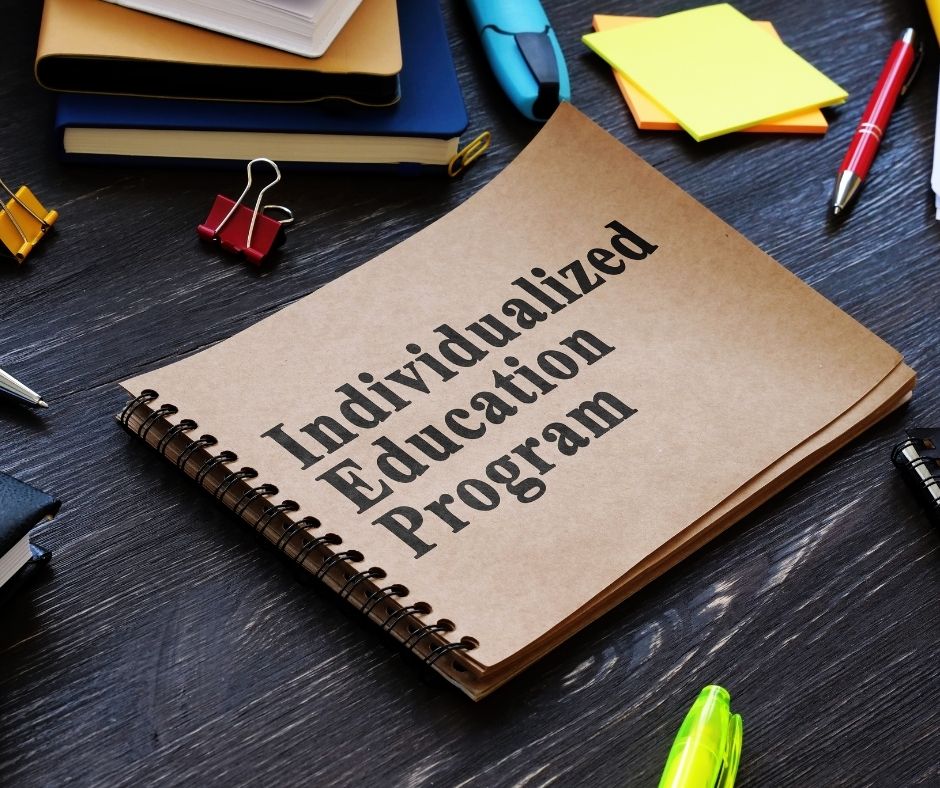
Well, What is an IEP?
According to the National Center of Learning Disabilities (NCLD,) “The Individuals with Disabilities Education Act (IDEA) is the nation’s federal special education law that ensures public schools serve the educational needs of students with disabilities. IDEA requires that schools provide special education services to eligible students as outlined in a student’s IEP.”
In the simplest terms, an IEP is a legal document, for children between the ages of 3 and 21, who qualify for special education and related services. It is prepared by child study team members, teachers, parents, and sometimes the student, in order to provide the child with the resources they need to be successful in school. In addition, the IEP lays out the child’s current levels in terms of social and cognitive ability as well as their strengths, weaknesses, and interests. The plan also develops realistic and relevant goals and provides ways for the child to attain those goals. These methods can include special services such as occupational, physical and/or speech therapies, classroom modifications, and daily life skills training, for example.
Who is Eligible for an IEP?
According to IDEA, there are two requirements that must be met in order for a child to qualify for an IEP. First, the child must have one or more of the 13 disabilities listed in the law. Second, the disability must impact the child’s performance in school as well as their ability to learn and benefit from the traditional curriculum–meaning they need a specialized instructional program to make progress.
A child will have an IEP, only, if they meet these requirements and qualify for special education services after a comprehensive evaluation by school staff and specialists. The IEP is developed once eligibility is determined. It must be reviewed and updated each year by the IEP Team in a process called Annual Review. This review occurs each year to determine if the IEP is adequate, effective, and up-to-date. A child’s eligibility is evaluated every three years to ensure services are still required.
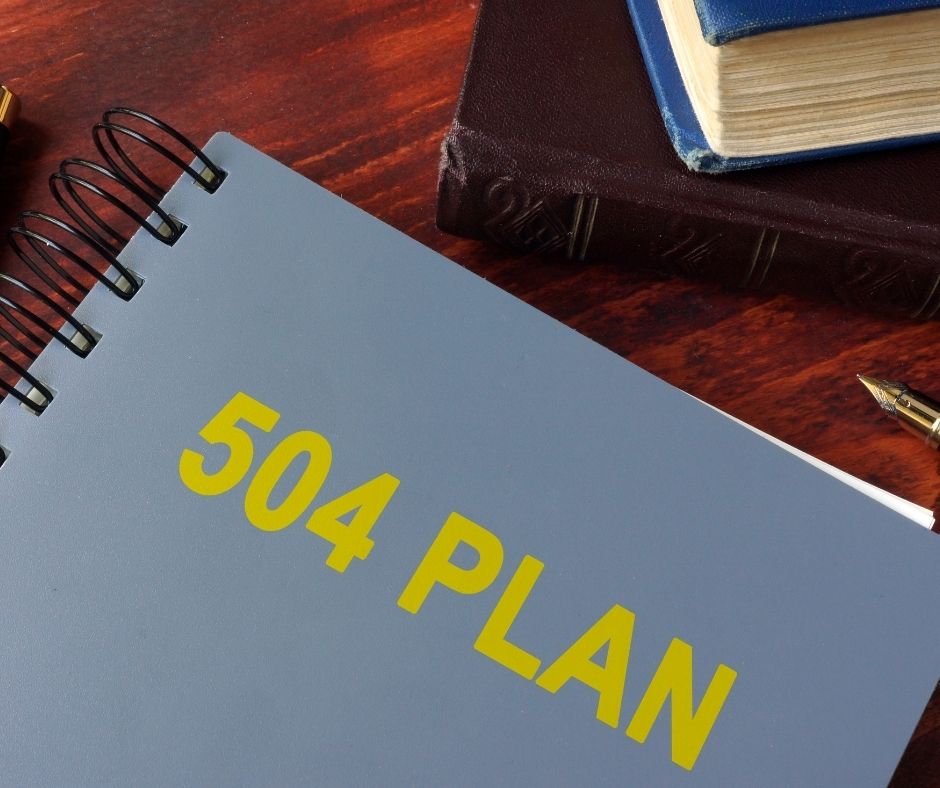
What is a 504 plan?
Sometimes people confuse IEPs with 504 plans. However, they are not the same. 504 Accommodation Plans fall under civil rights law “Section 504 of The Rehabilitation Act of 1973.” These plans are for students with disabilities who are struggling in public school, but who do not qualify for special education under an IEP. A 504 is for K-12 students and can also be implemented in a college setting.
A 504 plan provides schools with a framework on how to support a student with a disability in a general education environment. These plans provide accommodations so that the child can succeed in the classroom. Supports can include extra time on assignments or a quiet area to take tests to limit distractions, for example. There is no standard document for a 504. But, most plans will list the specific supports the child needs, who will provide each service, and the person responsible for the plan’s implementation. Like the IEP, a 504 generally goes through an annual review process, but this may vary by state.
Who is Eligible for a 504?
According to the Department of Education, a 504 student must have a physical or mental impairment that substantially limits one or more major life activities. This definition of a disability is much broader than the IDEA. Therefore, a child who has any disability–not just one of the 13 listed in IDEA–can qualify for a 504. This is as long as the disability interferes with the child’s ability to learn in a general education setting.
So Which Plan is Best?
Before we get into the examples, let me make a disclaimer first. One plan is not better than the other. Both plans provide specific details on how to support children with disabilities in their school environments. Each plan also provides legal safeguards for caregivers to ensure students receive the appropriate services. The referral and evaluation processes as well as requirements for each will determine which is best for the individual student. Here are two examples to help us examine when each plan is needed:
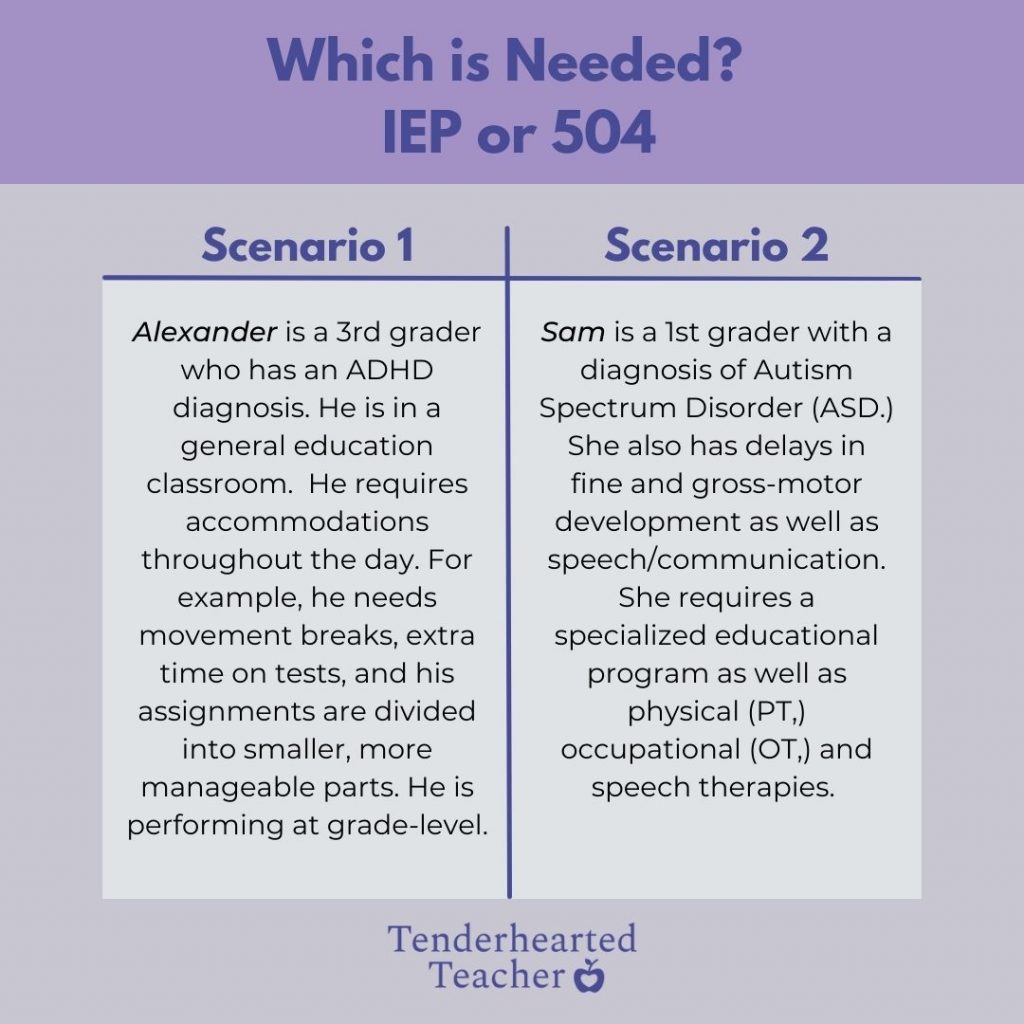
Scenario 1: In this example Alexander has a 504. This plan ensures he receives accommodations in his general education classroom to help him learn the same content as his classmates.
Scenario 2: Sam has an IEP in this example since she requires a modified curriculum as well as specialized therapies. This plan ensures she receives special education as well as her related services.
Conclusion
Knowing the differences between these two commonly-used terms will help you better understand the special education system. Additionally, it can inform you about how it works with your child’s individual needs. Please contact your local school district if your child has a disability– or is suspected of having one. The school district can assist you with the referral and evaluation process. Additionally, they can help you determine which plan is the best fit for your child.
If you are a caregiver looking for more resources, please look into your state’s parent training centers here.
Now talk to me? Did you learn something new with this post? Did you find this information helpful? Please leave a comment below.
Before You Go Check Out Some Recent Posts:
- Typical 4 Year Old Development: Milestones to Look For
- The Importance of Preschool: The Power of Early Learning
- How to Deal with Challenging Behaviors in Preschool
SAVE TO PINTEREST
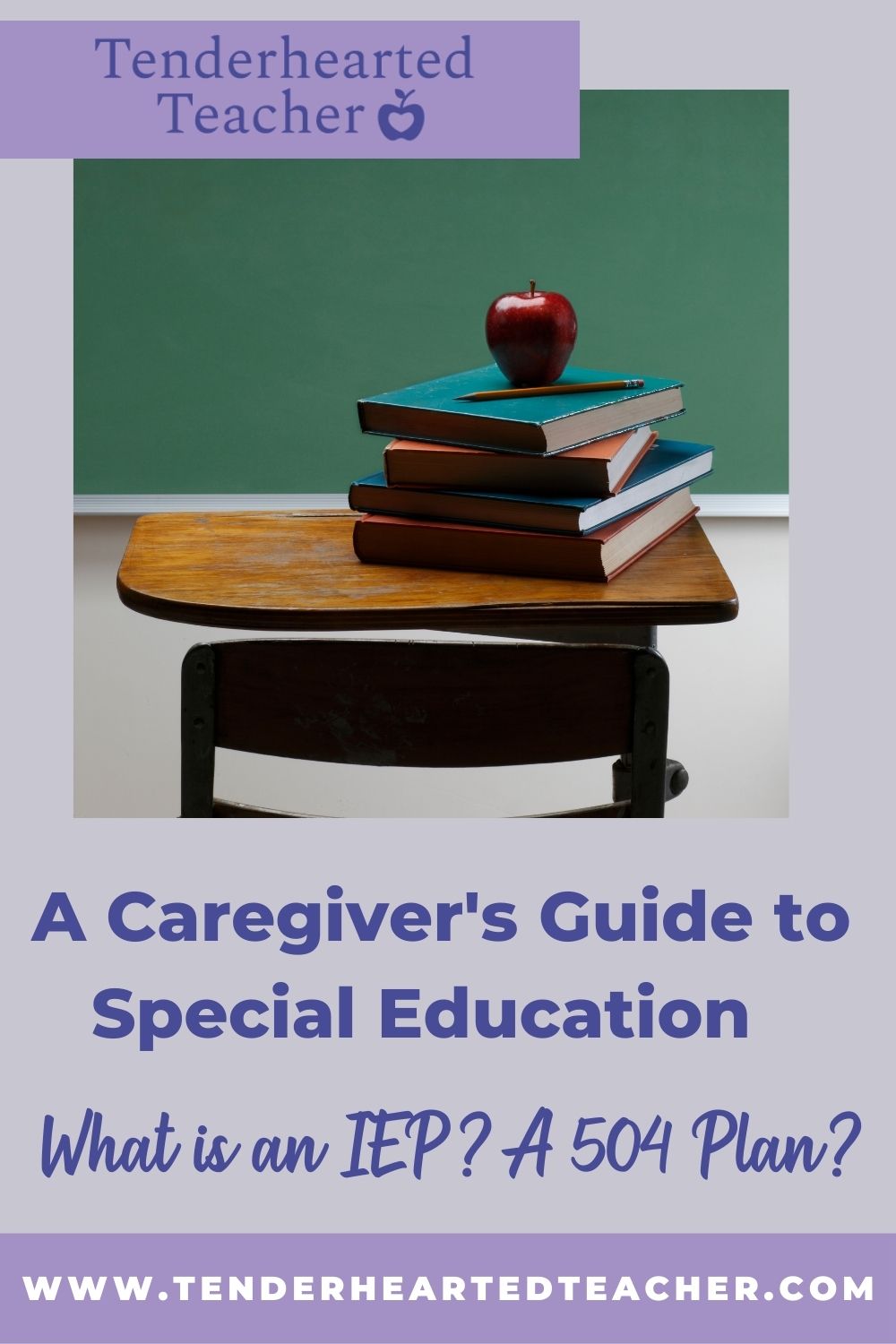
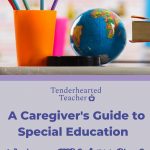
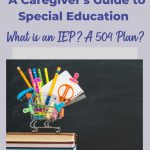

Thanks for clarifying the difference here between IEP and 504, it’s always been a source of confusion for me.
This is great info!
Great, informative post. A lot of these types of programs are misunderstood and you do a great job clarifying. It’s also nice to know what options are available. Knowledge is power and I believe that we parents owe it to our children to educate ourselves about programs like these.
Thank you for this!
This is so needed! I see mommies asking about this ALL the time.
Anytime I fill school forms, I would wonder what those were! And my slow self never bothered to find out. Thanks for the education on IEP and 504 plans. Much learned here.
As a previous Kindergarten teacher, this is super helpful for caregivers. I love that you laid out the difference so clearly!
you shared great information here!